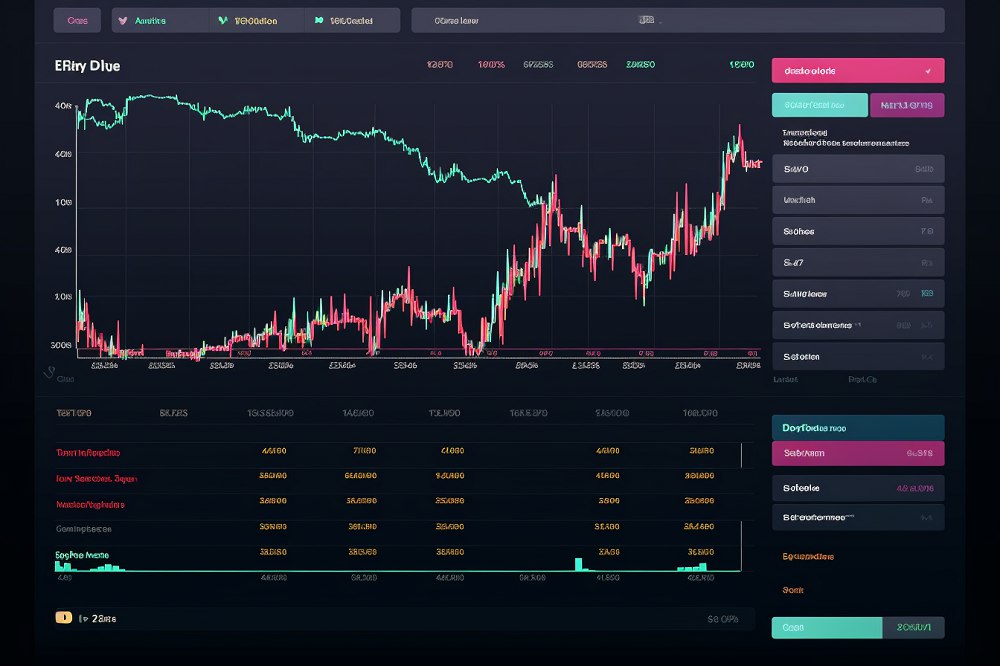Ryan Watkins, the co-founder of Syncracy Capital, recently highlighted Solana’s dominance over Ethereum in several crucial metrics. The expert, however, cautioned that the rising costs of Solana’s nodes are a major drawback to its impressive performance.
Solana’s 2023 Highs
Watkins posted on the X platform highlighting Solana’s superior performance to Ethereum in several areas, including decentralized exchange (DEX) and non-fungible token (NFT) trading volumes. As noted by Watkins, other metrics include active addresses, transaction count, and stablecoin transfers.
The sudden surge in Solana’s statistics attracts interest from the network’s developers and traders. Accordingly, SOL’s price have risen rapidly in recent months, breaking through resistance levels and reaching new highs this year.
Furthermore, the rise in SOL’s price has rekindled interest in on-chain activities. Based on the increase in transaction counts and total value locked (TVL) per on-chain data, it is clear that SOL has more than tripled since its lows in September 2023.
According to DeFiLlama data, the network’s DeFi TVL has jumped to over $1 billion, up from around $270 million in July 2023. Solana’s appeal stems from its architecture and scalability, which allows protocols to execute transactions and deploy smart contracts cheaply.
This structure of Solana is critical as it relies on independent nodes that are incentivized to promote decentralization and ensure security.
Concerns Over Rising Costs Of Node Operation
Meanwhile, there have been concerns about Solana’s level of decentralization, with Watkins pointing out that Solana has roughly 40% of the nodes compared to Ethereum. According to him, the critical difference is the cost disparity, as running a Solana node is five times more expensive than running an Ethereum node.
Watkins emphasizes the importance of this cost trade-off for Solana to maintain its exceptional throughput. Despite the high cost, the two networks have a noticeable difference in throughput. Solana scores 55,000 TPS (transactions per second) compared to Ethereum’s 100 TPS.
Solana Vs. Ethereum’s Coefficient
The Nakamoto coefficient for Solana remained at 21 as of December 19, 2023. According to Nakaflow data, Ethereum ranks second in this metric.
The higher this coefficient, the greater the network’s decentralization. Surprisingly, this suggests that Solana outperforms Ethereum in terms of decentralization.
BeaconScan currently reports over 1 million Ethereum nodes, while Solana Compass reports over 2,900 Solana nodes. The Solana defender argues that decentralization goes beyond node numbers and global reach.
According to Watkins, Solana is committed to expanding decentralization by growing its developer community and introducing user-friendly features such as light clients for low-cost user verification.
According to Watkins, these steps are critical for Solana to evolve as a decentralized network beyond node counts and regional diversity.
Solana Eyes Further Upgrade
Solana’s next protocol upgrade, the Firedancer validator, aims to improve network diversity, robustness, and reliability. This innovative client enables nodes to generate blocks faster, thus strengthening the mainnet’s scalability.
Another benefit of this upgrade is that it allows the network to handle more transactions directly on-chain, reducing reliance on off-chain solutions and other supporting methods. Solana enthusiasts believe this upgrade will further boost the network’s impressive performance metrics.
